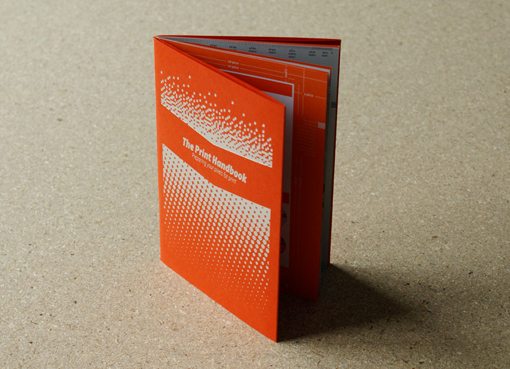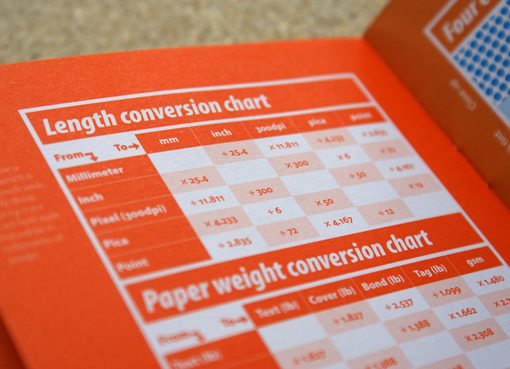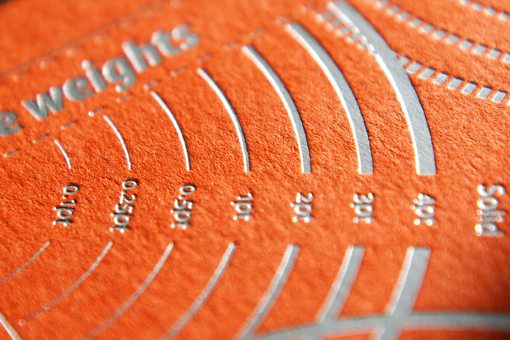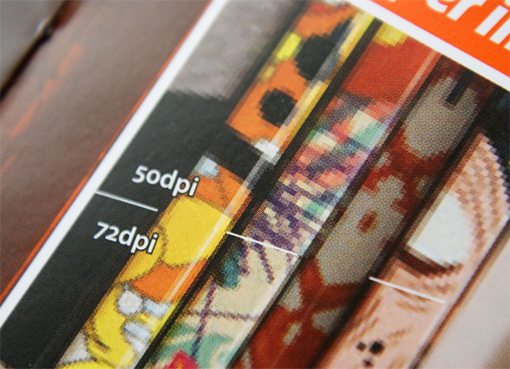Use the Print Handbook and Never Screw Up a Print Job Again
Print design is an entirely different beast than web design and it comes with its own set of unique challenges. You might think it sounds simple, but the knowledge required to pull off print jobs with a high degree of success is staggering. You have to understand how different inks will be affected by various types of paper, whether or not small type will be readable in the color that you’ve set it, how to set up your file properly for commercial printers, and a lot more.
Whether you’re a seasoned print pro or a complete beginner, it’s actually pretty easy to screw up a print job, and unlike digital design, there’s no undo or simple updates. Today we’re going to check out an awesome tool that will help you get it all right the first time around: The Print Handbook.
What Is The Print Handbook?
Let’s start by discussing what the print handbook isn’t: it isn’t a textbook sized tome of knowledge on all things remotely related to the art of putting ink onto paper. As you can see in the image below, it’s really more of a “booklet” than a full blown book. And you know what? That’s a good thing for several reasons.

First of all, the content serves as a quick reference. You won’t have to dedicate weeks to learning the material or create a daily reading regiment. Just throw this sucker in your desk drawer and pull it out any time you’ve got a print gig lined up.
The second reason that this is a good thing is cost. Design books tend to run around $50, this will cost you less than $10. If you’ve ever had the horrible experience of feeling a lead ball in your stomach upon seeing a multi-thousand dollar print job come back from the printer messed up, then spending $10 to help prevent that event is a no-brainer.
What’s In It?
In short, everything you need. That statement is perhaps a bit too ambitious, but in all honesty, I’m blown away by all of the information that the author was able to pack into so few pages.

Educational Reading
There are three basic types of information in this book. First, you’ll find several informational pages that quickly get you up to speed on different types of printing processes, materials and inks. Don’t know what foil blocking is or how trapping works? You’ll find out in a few concise, easy to understand paragraphs.
Helpful Charts
The second type of information is displayed in helpful charts such as the one shown above. You’ll find helpful charts for color management, helpful conversions, fold patterns and more.
Print Samples
The third type of information in the booklet was my personal favorite. This comes in the form of simple examples. Too often we forget when designing for print that what we see on the screen isn’t what’s going to come out on paper. It’s difficult to get a feel for 6pt type or the difference between two line weights when you’re looking at a screen with infinite zoom capabilities.

With printed samples right in front of you though, you can quickly get a feel for what size typeface or stroke is appropriate or whether or not colors will blend like you expect them to depending on whether the paper is glossy or not.
Sure, you could take the time to design and print up tons of samples yourself, but I guarantee the time and materials necessary to match half of what you get in this book will far surpass the low cost of just ordering a copy.
I Don’t Need No Stinking Handbook
These days I live primarily in the world of HTML and CSS, but I’ve actually spent the vast majority of my career in the field of print design.
I used to design marketing materials and in-store advertising for several major nationwide U.S. retailers. When I designed something, hundreds of thousands of them would roll off the press and if things weren’t done right, heads would roll. Needless to say, I would’ve lost my job pretty quickly if I didn’t know what I was doing.
Given this background, my initial attitude towards the idea of a print handbook was one of pride and superiority: “That’s good for noobs, but I know print and really have no use for such a thing.” Surely I have very little to learn from such a small booklet!
I can honestly say that I was wrong. I learned quite a few things thumbing through The Print Handbook and definitely plan on keeping it in arm’s length for the odd print design job that I take on.

Seriously, Print Samples Rock
As I mentioned above, the thing that really sucked me in was the value of having so many helpful print samples in one tiny little space. The entire book serves as a lesson in printed materials and almost every inch is dedicated to little pieces of helpful information.
As one example, in the bottom right corner of a few of the spreads, you’ll notice a little ruler. As you read on, you might or might not notice that a little less of the ruler is showing on each page. Finally, near the center of the book you discover that this is how the book is teaching the principle of “the creep” and how pages in a book tend to become gradually narrower as they approach the center. Did you know that? If not, you need this book.
Another thing that I really appreciated was the samples of how not to do something. You can prevent a lot of unfortunate mishaps by taking a look at the various side-by-side comparisons of different techniques.
In fact, my one major critique for the book is that there’s quite a bit of tiny and thin text printed reversed on an orange background, making it pretty difficult to read. However, given the context, even this serves as another important lesson!
Go Get One
The Print Handbook is cheap, dead useful and very well designed. It’s fascinating to thumb through and carries long term value both as a reminder of best practices and a useful collection of print samples.
If print design appears on your list of services, I wouldn’t hesitate to spend the few bucks and order your copy. Heck, I’d even recommend sending a copy to all of your major clients to save you the hours and hours that you’ll spend explaining this stuff to them when they insist on doing something the wrong way.
Leave a comment and let me know if you have a copy of The Print Handbook and what you think of it. If you don’t have a copy yet, feel free to ask any questions that you might have about the book.